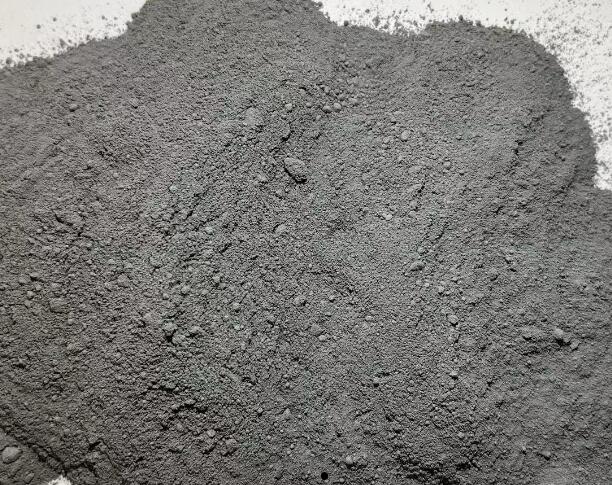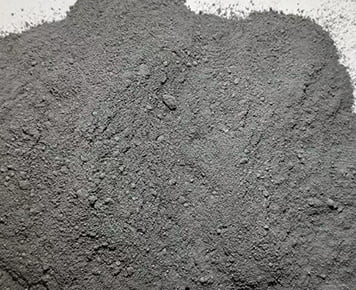Ordinary concrete bridge deck pavement is brittle due to the thin design thickness (80, 150mm). In the course of traffic. Under the action of bending and pulling load, impact fatigue load and temperature and humidity deformation and other factors, it is easy to lead to cracking, damage and waterproof failure of ordinary concrete bridge deck pavement. Polypropylene fiber can enhance the fatigue resistance, impact resistance, wear resistance and crack resistance, crack resistance of concrete. As well as improve the toughness and impermeability, it can effectively stop the expansion of cracks or delay the appearance of cracks inside and on the surface of concrete, and it is a more ideal material for bridge deck pavement. Therefore, this bridge deck pavement concrete material design using polypropylene fiber concrete. At the same time, micro-silica powder is added. To compensate for shrinkage and extend the joint spacing of the bridge deck. Further improve the crack resistance and impermeability of concrete.

1 Experiment
1.1 Raw materials.
The main raw materials are with followings:
① Cement using ordinary silicate cement. Strength: 3 d flexural 5.9MPa, compressive 28.8MPa; 28 d flexural 8.8MPa, compressive 54.8MPa.
② Admixture using high-efficiency water reducing agent (powder).
③ Coarse aggregate for the long Bao limestone crushed stone.
④Fine aggregate is coarse river sand, fineness modulus 2.88.
⑤The expansion agent is micro-silica powder.
⑥Fiber using polypropylene mesh fiber, its main physical and mechanical properties parameters are: density O.919/cm3, melting point 165 ℃, ignition point 590%, water absorption, toxicity, no aerial tensile strength 560 ~ 770 MPa, tensile limit 15%, modulus of elasticity 3500 MPa, fiber length 19mm.
1.2 Concrete ratio for experiments.
Concrete design requirements: concrete mix slump 50ram or so, cohesion and water retention to meet the construction requirements; concrete strength grade C50. formulation strength 64.1MPa, impermeability grade W22 or more.
1.3 Experimental method.
The concrete compressive strength test was conducted using cubic concrete specimens of size 150mmx150mmx150mm. In accordance with JTJ053 ~ 94 highway engineering cement concrete test procedures.
Concrete permeability strength test is conducted in accordance with the literature [11] using a concrete specimen with a top surface diameter of 175mm, a bottom surface diameter of 185mm and a height of 150mm in a circular table. The concrete abrasion strength test was carried out using concrete specimens with dimensions of 150mmx150mmx150mm in accordance with the literature [11].
The concrete impact strength test was carried out on concrete specimens with a diameter of 150 mm and a thickness of 64 ram in accordance with the “falling weight method” recommended by the ACl544 Committee. Concrete flexural strength test using the size of 150mmx150mm×550mm small beam concrete specimens, according to the literature [11] in the Italian company Controis 50 a C0066 / S01 type universal pressure testing machine.
1.4 Experimental Results and Analysis.
After the results of the concrete performance test, from the concrete mix slump, the method ratio of 1.3 is compared with the method ratio of 1.1. In each cubic meter of concrete mixed with 20kg of micro silica powder and 0.9k is the amount of polypropylene fiber. Due to the polypropylene fiber “support” and the rapid hydration reaction of micro-silica powder to form calcium alumina. Concrete mix slump is reduced greatly (about 100mm). From the concrete strength and seepage resistance results. Both mix ratios achieve the design requirements of C50 formulation strength and W22 impermeability grade. In terms of other mechanical properties such as flexural strength, impact toughness and abrasion resistance. 1.3 method of matching ratio is better.








